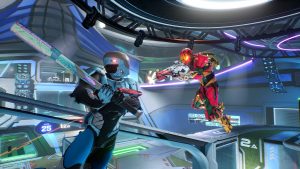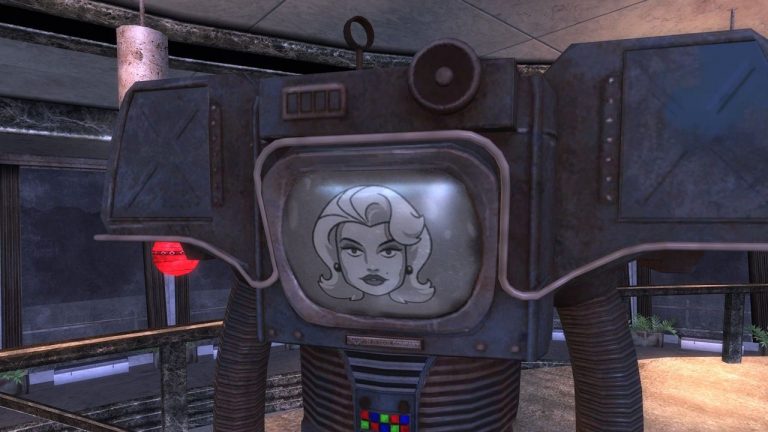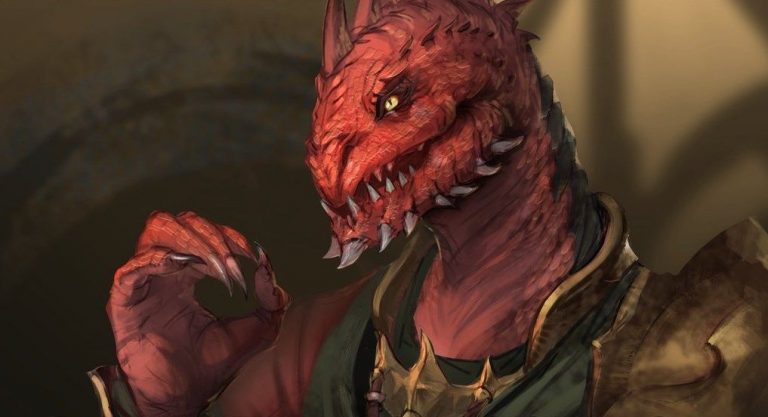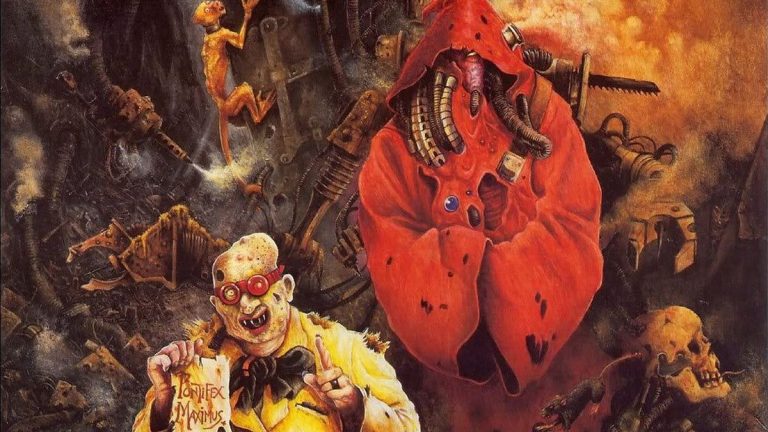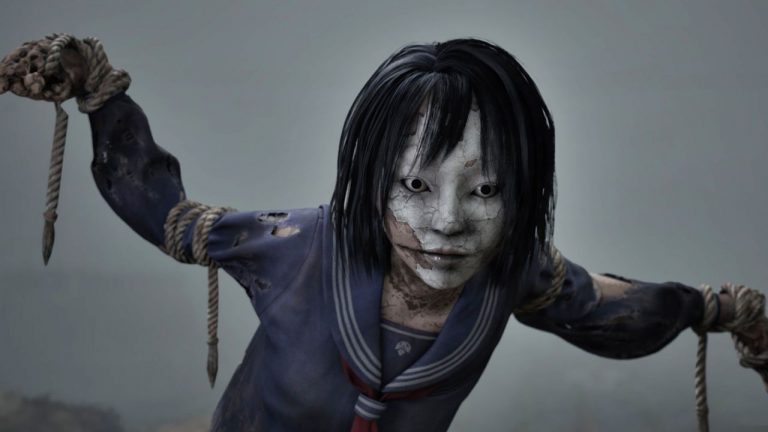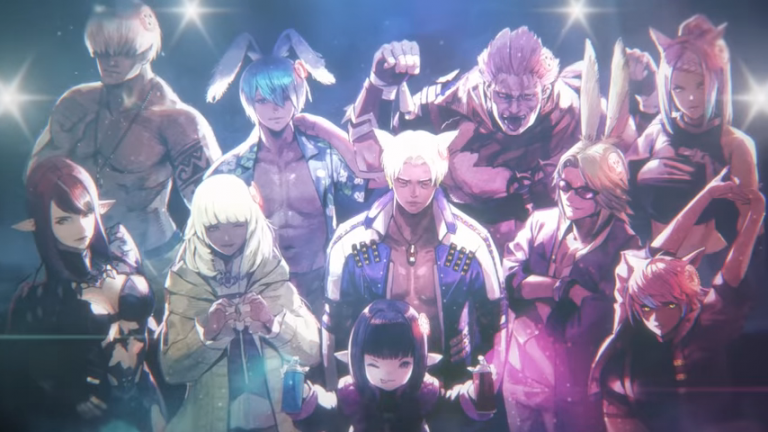Cyberpunk 2077’s release was described by PC Gamer’s online editor Fraser Brown as among “the highest-profile launch disasters in videogame history”, and it really was bad times. After years of white-hot hype, CP2077 arrived with major technical issues and bugs across all platforms, with things so bad on PlayStation that Sony took the unprecedented step of removing the game from its store.
CD Projekt Red, beloved and much-garlanded for its Witcher series, found itself in a new position: pilloried from all sides. Given the length of the game’s development cycle, many staff had been heads-down on this for years and, regardless of whether the blowback was proportionate, it must have been devastating to be in the eye of the hurricane.
Cyberpunk 2 and Phantom Liberty director Pawel Sasko recently gave an interview to podcast Flow Games (spotted by GR+) in which he goes over this period, and begins by describing the reception as “absolutely crushing” for the development team.
“I know how success feels because I’ve already shipped games that were really cherished,” says Sasko, who was a quest designer on The Witcher 3. “And then you have members in our team who had never experienced that. For me, that was probably the worst aspect of it, seeing the people in the team crushed by that… we took it really bad in general.”
Nevertheless CDPR decided that it had to not only confront the immediate issues, but eventually get Cyberpunk 2077 to a place where players were much happier. Sasko calls the early patches 1.2 and 1.3 “stepping stones” focused on fixing “a lot” of the technical issues, which were obviously important but not the kind of thing that grabs headlines or changes the wider perception of the game. By the time of 1.5 Sasko was beginning to feel like things were turning a corner, but the audience feedback still came across like the developers were being praised for finishing “seventh in a marathon.”
Oddly enough, Sasko feels that what made the biggest difference was the decision to tie-in the 1.6 update to the release of the Netflix Cyberpunk anime Edgerunners. Sasko says this was a better introduction point to the wider Cyberpunk universe than the game itself and “tipped the scales” with the audience, who were now more interested in checking out the many improvements CDPR had made.
With the general uptick in sentiment and the momentum CDPR had building up to Phantom Liberty, Sasko says the mood among the developers changed: “Maybe this is possible, maybe we can fix this for real.” The director recalls feeling that the long march to get there and the development of Phantom Liberty itself became “like our group therapy” after the initial reception.
The 2.0 update and Phantom Liberty expansion together completed Cyberpunk 2077’s redemption arc, with the game now sitting pretty on “Overwhelmingly positive” Steam reviews. “That couldn’t have been possible if the initial reception of the game wasn’t as negative as it was,” said Sasko in another recent interview. “It changed me and us as a studio.”
It should be said that, however much the game and the studio’s internal processes may have improved since, Cyberpunk 2077 really did deserve what it got at launch. It arguably showed that CDPR needed something of a shock to the system, because it’s subsequently re-organised internally, spent years getting CP2077 where it should have been, and hopefully won’t make quite so many promises with the next entry. That’s the big picture view, but no doubt that if you were just one of the hundreds of CDPR foot soldiers, watching your baby get ripped to shreds by the internet, these were truly terrible times.

